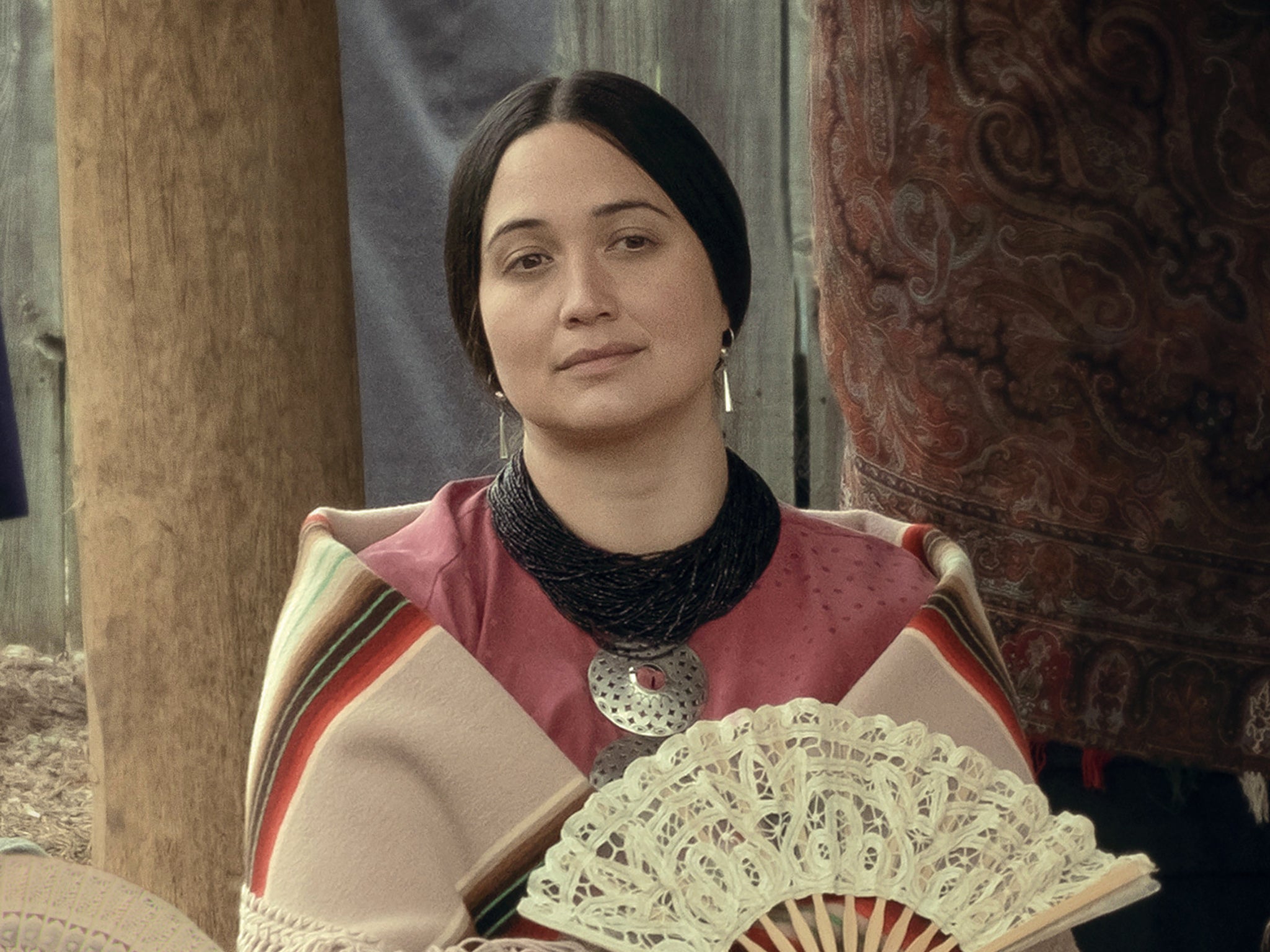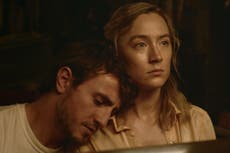Killers of the Flower Moon review: Martin Scorsese’s tale of Indigenous slaughter is a masterpiece
DiCaprio and De Niro are brilliant, but it is relative unknown Lily Gladstone who is truly extraordinary
Martin Scorsese’s Killers of the Flower Moon is as much a companion to Goodfellas as The Departed was – albeit dealing with a type of gangsterism that America has long refused to confront, of an organised effort to steal from and butcher its Indigenous people for monetary profit.
In 1894, oil was discovered on land belonging to the Osage Nation. They ensured ownership of the mineral rights, and became the richest people per capita on Earth. Then the wolves came. At the dawn of a new century, and during a period known as the Reign of Terror, dozens of Osage were murdered, their share of the oil rights inherited by the white co-conspirators who had married into their families. Killers of the Flower Moon hones in on one such individual, Leonardo DiCaprio’s Ernest Burkhart, who arrived in Fairfax, Oklahoma, and married Mollie Kyle (Lily Gladstone) at the behest of his uncle, William Hale (Robert De Niro).
Scorsese has deemed this film his first Western, but it carries with it his traditional fixations: the rotted core of man’s heart; how power breeds the impulse for destruction; the myths of cowboys and outlaws and the dirty truth to them. Hale, who mistakes power for wisdom, claims fate has determined that the Osage Nation’s time has come to an end. “This wealth will run dry,” he tells Ernest. “They’re a big-hearted people, but sickly.”
A sudden, destabilising cut at the end of the scene – courtesy of Thelma Schoonmaker, the long-time editor responsible for so much of Scorsese’s electrifying propulsion – confronts us with the violence of those words. An Osage man is seen dying, splayed out on the floor and choking on poison. Scorsese has never been one to consciously set out his own moral boundaries; he’s simply a director who tells stories with such profound care and empathy that the barbarity of these crimes leaves behind its own stench.
When Scorsese began to adapt David Grann’s 2017 non-fiction book on the Osage murders, he and screenwriter Eric Roth initially carried over Grann’s central focus: Tom White, the FBI agent tasked by J Edgar Hoover to solve the crime. But that, Scorsese realised, would have made a hero out of someone undeserving. While Jesse Plemons makes for a stoic White in the film, its focus stays on Mollie and Ernest, who are said to have loved each other in spite of it all – it’s a kind of love that sparks good in Ernest, but fails to protect Mollie.
DiCaprio, with a mouth full of rotted teeth, offers us a man who is loving and weak and ugly deep down in his soul, a man whose cheek twitches when he lies, and whose body deteriorates from guilt faster than any poison. But it’s Gladstone who provides the film’s centre of gravity. She gives one of the most extraordinary performances by a woman in any of Scorsese’s movies. She is serene but not saintly; a figure of tragedy with a fire in her belly. The first time we dive into Mollie’s perspective, it’s with a force that could suck the breath out of your body. The eyes of the white men and women around her are curdled with disgust. Hers are all-knowing about the future that’s barreling towards her.

Killers of the Flower Moon, despite the weighty presence of DiCaprio and De Niro, is ultimately framed around the perspective of the Osage Nation, who worked extensively on the production as consultants, craftsmen and actors (Gladstone herself, to clarify, is not Osage but of Blackfeet and Nimiipuu heritage). The film begins and ends with their rituals, its prologue adapted from Osage writer Charles H Red Corn’s A Pipe for February. It even seems to issue a warning to those who would try to destroy them. In a key scene framed by the burning of farmland, Mollie tells Ernest: “You’re next”. In this quietly apocalyptic retelling of history, white America’s destruction will not end at its own borders – eventually, it will consume itself, too.
Dir: Martin Scorsese. Starring: Leonardo DiCaprio, Robert De Niro, Lily Gladstone, Jesse Plemons, Tantoo Cardinal, Cara Jade Myers, JaNae Collins, Jillian Dion. 206 minutes.
‘Killers of the Flower Moon’ is in cinemas from 20 October



Join our commenting forum
Join thought-provoking conversations, follow other Independent readers and see their replies
Comments